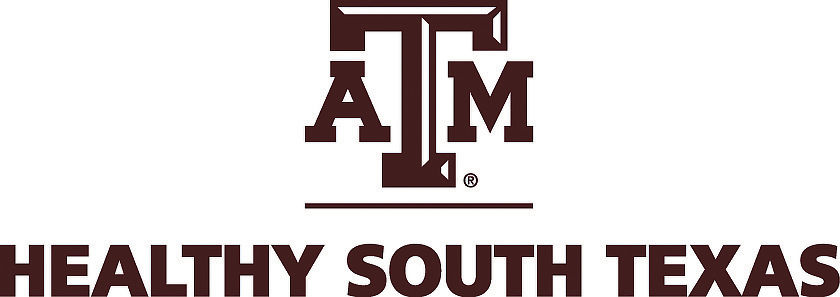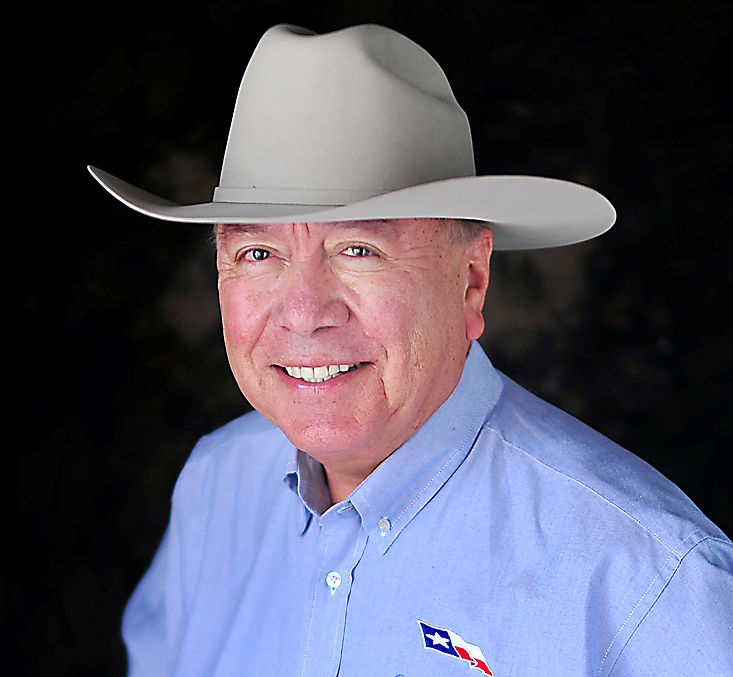BY STATE SEN. JUAN ‘CHUY’ HINOJOSA
I have long fought for more healthcare resources in South Texas, including the creation of the University of Texas Rio Grande Valley School of Medicine and increased funding for graduate medical education. While increased access to care and greater availability of healthcare personnel continue to benefit the region, we must find innovative new ways to lower costs and improve outcomes.
One of the most promising recent investments the state has made in the health of our region is the Healthy South Texas initiative. A collaborative between the Texas A&M University Health Science Center and the Texas A&M AgriLife Extension Service, Healthy South Texas is a pilot project aimed at reducing the highest impact diseases and their associated costs. The initiative includes education and prevention programs focused on diabetes, asthma, infectious diseases, nutrition, physical activity, infant health, medication assistance and public health education and training.
In 2015, Healthy South Texas launched in 27 counties, including Brooks, Hidalgo, Jim Wells and Nueces, after I secured $10 million in funding during the 84th Texas Legislature. Over the first two years of the pilot, that initial investment of $10 million resulted in a direct savings of $26.1 million in medical costs. That translates into another $80 million in potential savings over a lifetime due to increased physical activity. Additionally, $13 million of in-kind resources were leveraged in partnership with other organizations.
During the first biennium, there were nearly 800,000 times that South Texans interacted with Healthy South Texas programs. The diabetes control program alone served over 46,000 people and saved roughly $8.7 million in medical costs. This work is vital, as Type 2 diabetes is a leading cause of death in the region and an underlying reason that causes many people to be hospitalized or seek clinical care.
One of the most important factors in controlling diabetes, and maintaining good health overall, is a nutritious diet. Nearly 500,000 South Texans received nutrition education through Healthy South Texas’ live cooking demonstrations, classes, website visits, and resources such as the Dinner Tonight program, which provides families with quick, healthy, affordable recipes, as well as food preparation and safety tips.
Another great way to combat disease is regular physical activity, which is why Healthy South Texas created a Walk Across Texas! program to help children and adults establish a habit of walking. So far, Walk Across Texas! participants have walked over 3 million miles. Continuing these healthy habits will potentially save millions of dollars in medical costs and lost wages over participants’ lifetimes. Healthy South Texas also has helped to sponsor the McAllen Kids Marathon since it began in 2014.
However, sometimes even with a good diet and regular exercise we suffer from conditions that require medication. Through their Medication Assistance Program, Healthy South Texas has helped almost 2,000 South Texans with free or very low-cost medications when they could not afford them otherwise. Overall, Healthy South Texas has helped save South Texans nearly $9 million in prescription costs.
In addition to tackling chronic health problems, Healthy South Texas has demonstrated the ability to address new health concerns as they arise. When Zika arrived in South Texas, the program worked with Driscoll Health System to assemble and distribute nearly 6,000 Zika prevention kits. Similarly, when Hurricane Harvey struck the Texas coast, program staff distributed over 3,000 disaster recovery kits.
These are only some of the benefits South Texans have received from Healthy South Texas so far, but it is clear that the investment in this initiative has paid off exponentially for our region. Thankfully, with the help of my colleagues I was able to secure almost $10 million additional dollars for Healthy South Texas during the 85th Texas Legislature to ensure that the program will remain funded through 2019. Through continued smart investments like Healthy South Texas, I am confident that our region can become a model for lowering healthcare costs and improving outcomes for the entire state.






